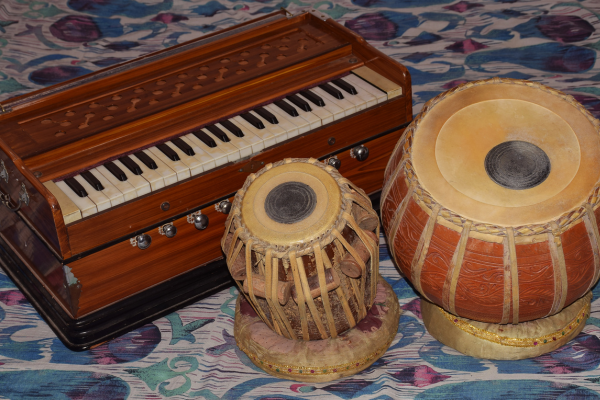Preserving Sri Lanka’s Indigenous Music: An Insight into Folk and Classical Traditions

Introduction:
Sri Lanka, known for its rich cultural tapestry, boasts a vibrant heritage of music deeply rooted in its indigenous traditions. Folk and classical music form the backbone of this cultural legacy, reflecting the diverse ethnicities, languages, and historical influences that have shaped the island nation over centuries. As globalization and modernization encroach upon traditional practices, there is a pressing need to preserve and celebrate these invaluable musical treasures.
Folk Music: A Reflection of Diversity and Identity
Sri Lanka’s folk music encapsulates the essence of its diverse communities, each contributing unique styles and rhythms. The island’s geographical and cultural diversity has given rise to a plethora of folk traditions, ranging from the lively drumming of the Kandyan region to the soulful melodies of the coastal communities.
One of the most iconic elements of Sri Lankan folk music is its use of traditional instruments such as the “thammattama” (a double-headed drum), “raban” (a large, handheld drum), and various types of flutes and strings. These instruments not only produce distinct sounds but also serve as cultural artifacts, carrying stories of generations past.
Moreover, folk songs often narrate tales of love, nature, and everyday life, providing a glimpse into the collective consciousness of the Sri Lankan people. These songs are not merely entertainment but serve as oral history, preserving customs, beliefs, and societal norms.
Classical Music: Nurturing Artistry and Heritage
In addition to its rich folk traditions, Sri Lanka boasts a classical music heritage deeply influenced by Indian classical forms, particularly Carnatic music. Over the centuries, Sri Lankan musicians have adapted and integrated these classical styles into their own distinct repertoire, giving rise to a unique blend of sounds and techniques.
Classical music in Sri Lanka is characterized by its emphasis on intricate melodies, rhythmic patterns, and improvisation. Instruments such as the “veena” (a stringed instrument), “mridangam” (a percussion instrument), and “violin” are commonly used in classical performances, which often take place in temples, concert halls, and traditional festivals.
Furthermore, classical music serves as a platform for cultivating artistic talent and preserving cultural heritage. Young musicians undergo rigorous training under seasoned masters, learning not only the technical aspects of music but also the underlying philosophies and traditions.
Challenges and Conservation Efforts
Despite its cultural significance, Sri Lanka’s indigenous music faces numerous challenges in the modern era. Rapid urbanization, globalization, and changing societal values threaten to erode traditional practices and diminish appreciation for indigenous art forms. Additionally, economic constraints and lack of institutional support pose significant barriers to the preservation and promotion of folk and classical music.
However, amidst these challenges, there is a growing movement to safeguard Sri Lanka’s musical heritage. Non-profit organizations, cultural institutions, and grassroots initiatives are working tirelessly to document, archive, and revitalize traditional music forms. These efforts encompass various activities, including educational programs, community workshops, and advocacy campaigns aimed at raising awareness and fostering pride in indigenous cultural expressions.
Furthermore, advancements in technology have opened up new avenues for preserving and disseminating traditional music. Digital platforms, online archives, and multimedia projects enable wider access to recordings, performances, and educational resources, transcending geographical and generational boundaries.
Conclusion: Celebrating Diversity and Resilience
Celebrating Diversity and Resilience In conclusion, the preservation of Sri Lanka’s indigenous music is essential not only for safeguarding cultural heritage but also for nurturing collective identity and fostering social cohesion. Folk and classical traditions serve as vital links to the past, connecting present generations with their ancestors and providing a sense of continuity in an ever-changing world.
As custodians of this rich musical legacy, it is incumbent upon us to cherish, celebrate, and promote Sri Lanka’s diverse musical traditions. By recognizing the value of indigenous music and supporting efforts to conserve it, we can ensure that future generations inherit a cultural landscape that is vibrant, diverse, and deeply rooted in the spirit of Sri Lankan heritage.






